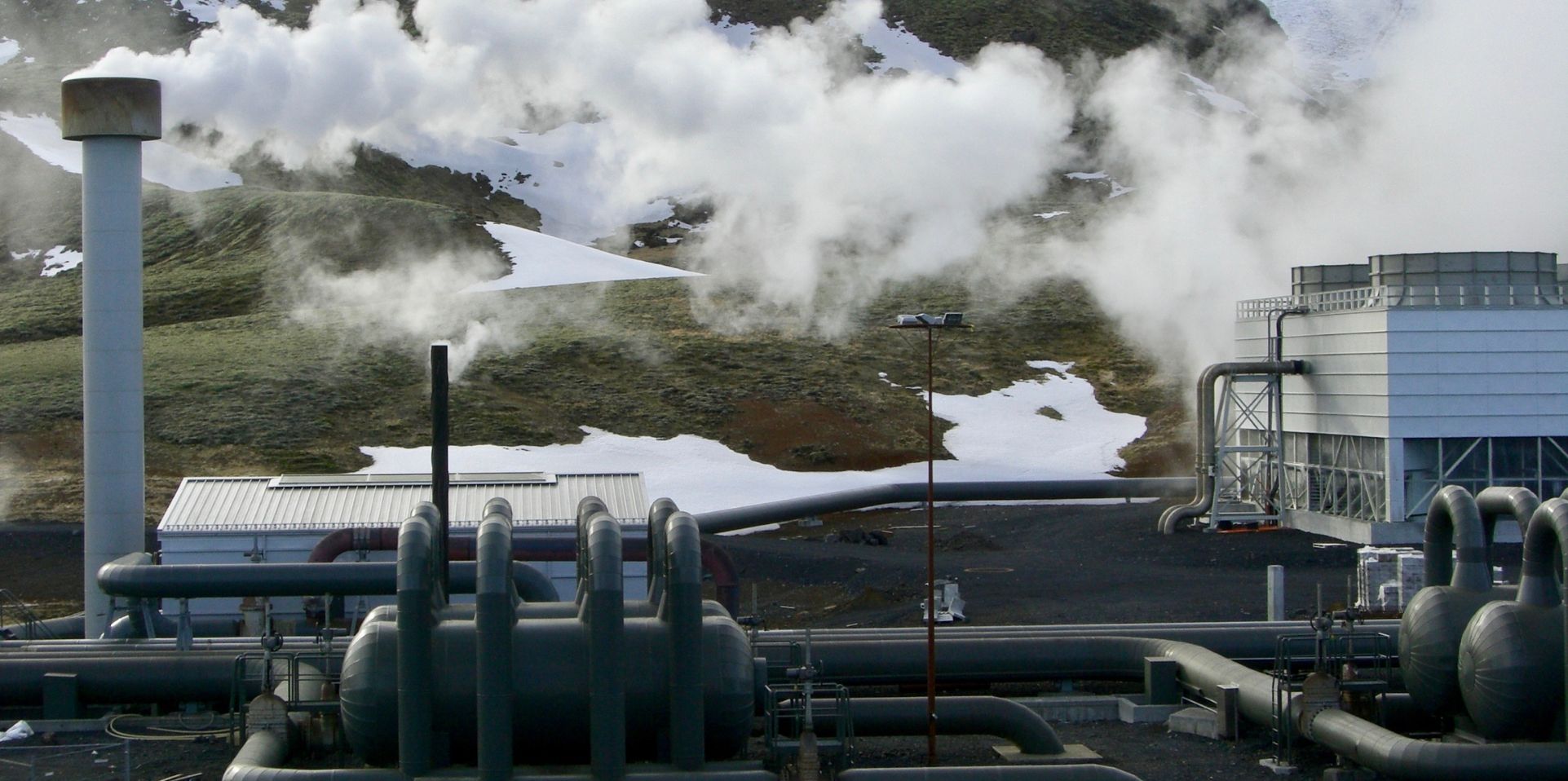
Can geological hydrogen transform energy?

Rahul Bhushan
15 years: Structured Products and Sustainability
Geological hydrogen: The untapped fuel that could power a carbon-free future

As the world strives to transition towards a low-carbon economy, hydrogen has been touted as a potential cornerstone of future energy systems. However, not all hydrogen solutions are created equal and certain pathways, particularly green and blue hydrogen, face significant technical and economic challenges. In contrast, geological hydrogen has emerged as a more promising candidate due to its vast potential as a primary energy source and its favorable energy return on investment.
The limits of green and blue hydrogen
Green hydrogen, produced through the electrolysis of water using renewable energy, is often lauded as a clean alternative to fossil fuels. However, this method faces significant inefficiencies. The process of using low-carbon electricity to produce hydrogen squanders a substantial portion of the energy’s exergy or its potential to perform useful work. This results in a system that is inherently wasteful, particularly when that same electricity could be used directly to decarbonise existing electrical systems or other sectors more efficiently.
To put this into perspective, green hydrogen’s energy return on energy invested (EROEI) can be less than 1:1, meaning more energy is required to produce it than is ultimately recovered from its use. This low efficiency severely limits its economic viability. While there may be niche opportunities for green hydrogen in regions with abundant and intermittent renewable resources, such as Chile, Australia, Saudi Arabia or Morocco, these cases are exceptions rather than the rule. Even in these favorable conditions, China’s dominance in electrolyser manufacturing, where its costs are approximately a third of those produced in the West, further complicates the economics for companies attempting to scale green hydrogen projects globally.
Similarly, blue hydrogen, which is derived from natural gas with carbon capture and storage (CCS), offers only a partial solution to decarbonisation. The carbon capture process is often incomplete and the reliance on fossil fuels limits the sustainability of blue hydrogen in the long term. Additionally, the infrastructure for CCS is still in its infancy and scaling it to the level required for meaningful impact would require massive investment and further advancements in technology. For these reasons, blue hydrogen remains a stopgap measure rather than a viable long-term solution.
The promise of geological hydrogen
Geological hydrogen or “white hydrogen,” is fundamentally different from green and blue hydrogen in that it is naturally produced within the Earth’s crust through a process called serpentinisation. When water reacts with iron-rich minerals like olivine, hydrogen gas is released. Until recently, this process was considered a geological curiosity, as it was assumed that the hydrogen would seep away into the atmosphere. However, new discoveries have revealed that significant amounts of hydrogen can accumulate in underground reservoirs.
One of the most exciting aspects of geological hydrogen is its potential scale. Early estimates suggest that the U.S. alone could hold trillions of tons of accessible hydrogen. Even extracting a fraction of this resource could meet global energy needs for centuries. The cost of extracting geological hydrogen is projected to be far lower than that of manufactured hydrogen, with some estimates as low as $1 per kilogram—significantly cheaper than the $7 per kilogram required for green hydrogen.

A new “gold rush”
Geological hydrogen’s potential has spurred a modern-day energy “gold rush.” Investors like Bill Gates are backing startups like Koloma, which is exploring hydrogen-rich formations in Colorado. Gates’ Breakthrough Energy Ventures has funneled over $300 million into this field, viewing it as a critical component of the global clean energy transition.5 Koloma and other companies are applying technologies from the oil and gas industry to tap into these underground hydrogen reserves, positioning the U.S. as a leader in this emerging energy sector.
Colorado, with its unique geological characteristics, has become a focal point for this hydrogen rush. The U.S. Geological Survey (USGS) and the Department of Energy are actively mapping hydrogen-rich regions and academic institutions like the Colorado School of Mines are developing new tools for hydrogen extraction.
A renewable, carbon-free resource
One of the most compelling aspects of geological hydrogen is that it is potentially a renewable resource. Unlike fossil fuels, which are finite, geological hydrogen could be replenished by ongoing natural processes in the Earth’s crust. Moreover, because it is produced without the need for electrolysis or fossil fuel inputs, geological hydrogen is inherently carbon-free, making it an ideal candidate for decarbonising sectors like heavy industry, long-haul transportation and aviation.
Overcoming challenges
While the potential of geological hydrogen is enormous, challenges remain. Hydrogen is a notoriously difficult gas to store and transport due to its small molecular size and high reactivity. It can easily leak through pipelines and other infrastructure. Additionally, there are concerns about whether large-scale extraction of hydrogen could lead to environmental disruptions, although early research suggests that the environmental footprint could be minimal compared to fossil fuel extraction.
Nevertheless, geological hydrogen represents a transformative opportunity. With vast, untapped reserves, a competitive cost structure and a carbon-free profile, this naturally occurring hydrogen could revolutionise global energy systems. As investments pour in and technological advancements are made, geological hydrogen has the potential to become a cornerstone of the energy transition, providing a sustainable and scalable solution to the world’s growing energy demands.
To follow Rahul Bhushan, please subscribe to his Substack: https://sortino.substack.com/

Rahul Bhushan
Share "Can geological hydrogen transform energy?" on
Latest Insights

Lights in the fog: Positive signals for sustainability investment
2nd October 2025 • Henry White
































